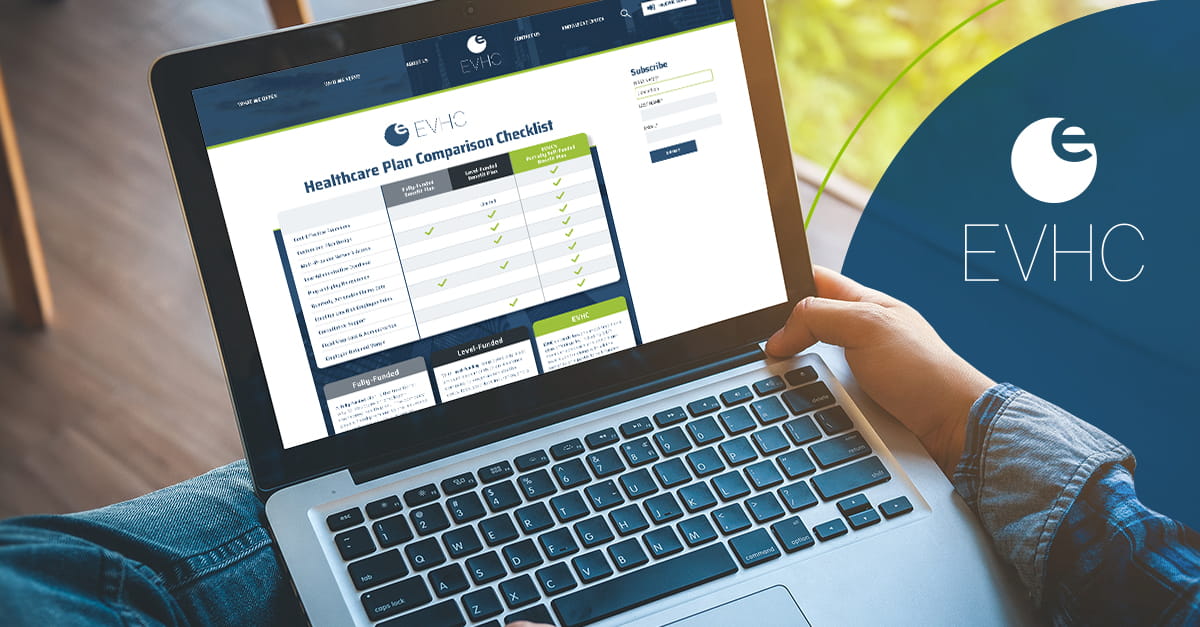
You’re about to meet with your client. They are smart, understands their business, and have the daunting task of controlling healthcare spend while keeping employees happy in a competitive market. They’ve heard of alternative healthcare insurance plans, such as self-funding, but aren’t quite sure if plan switch will work for them.
Your mission: educate your client, maximize their coverage, show them the numbers, and prove your credibility.
Where do you start? Ask some probing questions to dig deeper into not only what their coverage is, what they are paying for it, but also why they are paying for a traditional, fully-insured plan.
Your client may be used to writing a big check every month and seeing that amount on their monthly budget. As an astute CEO or CFO, they probably know how much they are paying for premiums and the cost increases continue to keep them up at night.
What they might not know is what goes into that premium. That’s where you can add value to your discussion. Do they know how much they pay in commissions to existing brokers and General Agents? Do they know how much of a premium increase they are paying for? It may encourage them to dig deeper to find out what’s included in their total premium.
Who is being insured is the basis for all underwriting. Is your prospect insured for just their own employees or as part of a larger group? If your client belongs to an association or group plan in the hopes of lowering their premiums, they’ll have to dig deeper to find out if they are truly saving money. Developing a plan based on their own employee demographic may build a case for them to consider alternate funding arrangements (i.e. self-insured, level-funding) instead of fully-insured.
Offering top-line benefits attracts and retains great staff members. But are those low deductible plans and ancillary benefits really attracting and retaining their staff members? Studies show that healthcare benefits – including medical, dental, and vision – are the #1 consideration for employees, so they need to be at the core of your benefit offerings.
But is your company using all the benefits you offer? If you have a young workforce, are they opting for the low deductible plan with a high employee-paid premium they might not be able to afford? Are your older workers really using lifestyle benefits used to attract a younger workforce? Helping your client to customize their benefits to their specific workforce demographic is critical to controlling their annual costs.
Most clients know that their premiums are “going up”. But do they know by how much? Using national indicators isn’t enough. State and local trends vary greatly, depending upon the insurers in that state, and providing information that they don’t know can be valuable to building their credibility. For instance, this handy guide, will show detailed information by the state regarding employer-sponsored plans, showing what they can expect if they continue to participate in a fully-insured plan.
Clients can forget that it’s not just the premium cost, but the labor cost to administer the plan that can add up. Ask them how they currently administer their plan and how effective it is. Most companies need a simple solution with great tools to relieve the heartburn of the overworked HR department. Showing how self-funded benefits can reduce the administrative burden can be a great selling point.
Understanding healthcare spend isn’t just about the numbers. It’s about showing that self-funded plans are a trusted option that can not only lower costs, but satisfy employees, support HR, and build a partnership with an advisor that will support them for the long run.
Related Article: 5 Ways to Make You A Healthcare Hero

